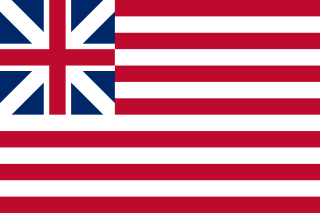The American Revolutionary War (April 19, 1775 – September 3, 1783) was a conflict in which American Patriots, led by George Washington and organized as the Continental Army, defeated the British Army, securing the independence of the United States. The war, part of the broader American Revolution, was fought across North America, the Caribbean, and the Atlantic Ocean, ending with the Treaty of Paris (1783), where Britain formally recognized U.S. sovereignty.
Tensions between Great Britain and the Thirteen Colonies arose after Britain's victory in the Seven Years' War (1763). Disputes over taxes, such as the Stamp Act and Townshend Acts, and measures like the Intolerable Acts led to growing colonial unrest. The conflict began with the Battles of Lexington and Concord in April 1775 after British attempts to disarm colonial militias. The Second Continental Congress formalized the Continental Army in June, naming Washington its commander-in-chief. By 1776, the colonies escalated their fight for independence, declaring their sovereignty with the Declaration of Independence on July 4, 1776.
The war's early phases saw key battles such as Washington's siege of Boston in 1776 and his victories at Trenton and Princeton, which revived American morale after British gains in New York. The pivotal Battle of Saratoga in 1777 convinced France to ally with the Americans, joining Spain in opposing Britain. The war expanded as American forces carried out campaigns such as the Sullivan Expedition against British-allied Iroquois tribes, while Indian raids continued to challenge the frontier.
In the South, British General Cornwallis initially found success but was trapped at Yorktown by Franco-American forces in 1781. His surrender effectively ended major fighting in North America. Although Britain continued its wars with France and Spain until 1783, hostilities in the colonies ceased.
The Treaty of Paris formally ended the war, recognizing U.S. independence. Concurrent treaties resolved Britain's conflicts with France and Spain, ceding territories in the Caribbean, India, and Florida. The Revolutionary War not only secured American independence but also reshaped the global balance of power, weakening Britain and elevating France and Spain's influence.

 American
American






 British
British



